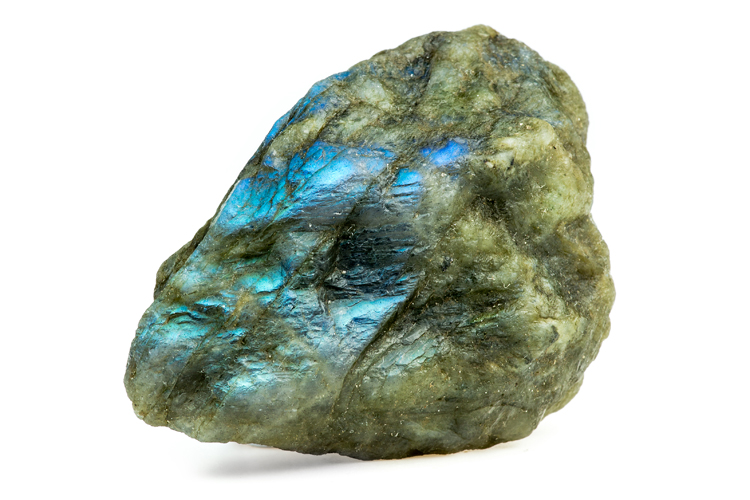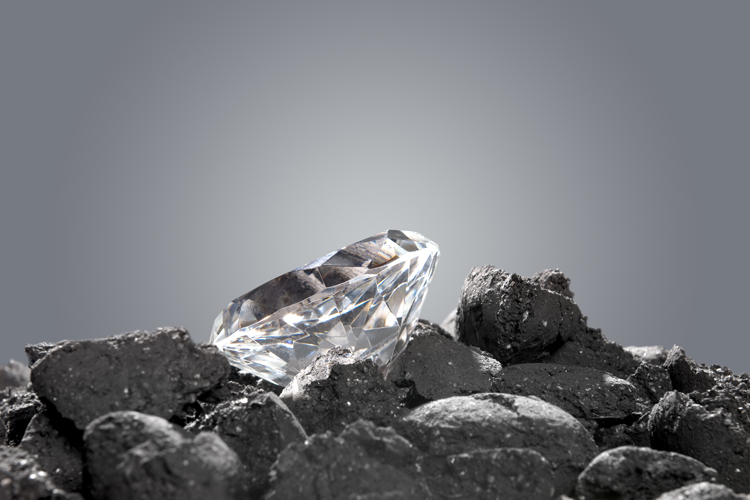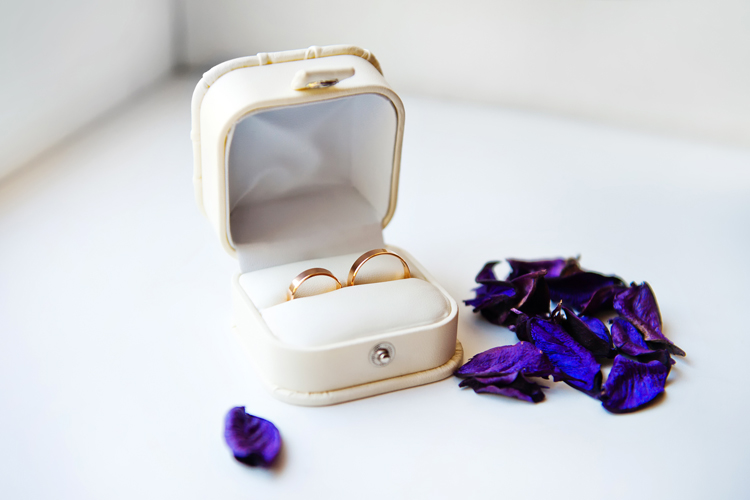Labradorite is one of the world’s most beautiful and mysterious semi-precious gemstones.
Jewelry and ornaments often include this feldspar gemstone.
Although diamonds, sapphires, rubies, and emeralds, are the only precious gemstones, labradorite is one of the few semi-precious gemstones that are also valuable and used in high-end jewelry in the past and today.
It is hard to resist this gem with its eye-catching, sparkling colors. Labradorite’s hue plays on a fascinating shimmery surface called the “schiller effect.”
Labradorite is a mineral composed of sodium, aluminum, calcium, and silicon.
Its calcium content varies from 50-70 percent, and its sodium content ranges from 30-50 percent.
Moreover, it also features albite and anorthite feldspar.
The hardness of the labradorite goes from 6 to 6.5 on the Mohs hardness scale.
These alluring semi-precious gemstones are commonly white, gray, yellow, or colorless.
A labradorite’s labradorescence is where it shines – the most common hues flashed in the stone are blues and oranges.
Some specimens may not show optical effects, and others may show blueish-white flashes.
A Kaleidoscopical Gemstone
There are some varieties of labradorite:
- Spectrolite: A trading name for high-quality labradorite. It is colorful and comes only from Finland;
- Andesine is a type of labradorite that only shares its chemical makeup – the look is entirely different. It is sometimes called “Red Labradorite.” It is usually transparent and faced-cut labradorite;
- Sunstone: A translucent or transparent gemstone that includes glitters of hematite. It is chemically very similar to a labradorite. The color range is yellow, orange, and reddish colors;
- Moonstone: It has shimmering or iridescent quality with a blue glow;
The gemstone was first discovered in the 1770s in Labrador, Canada.
The origin explains this gemstone’s name, but it also has an excellent reputation related to its spiritual meaning – the Stone of Magic and the Northern Lights.
Madagascar is the most abundant source of labradorite nowadays, but Canada, Finland, and the United States have deposits too.
Additionally, it is mined in China, Australia, Germany, France, Iceland, Italy, Japan, Russia, Norway, Spain, and Sri Lanka.
Powerful and Protective
Interestingly, the magical gem has lots of producers and once symbolized transformation.
Labradorite is said to be a powerful, protective guardian. Furthermore, it brings relaxing energies and washes worries away.
Also, it is ideal for workplaces.
Historically, people believed that labradorite eases self-sabotage and enables people to pursue their dreams.
Remember that to protect your jewelry and treasured gemstones, you should keep them in a soft pouch separated from other jewels or gems.
Although you may not easily damage the labradorite, consider handling it with care.
As you result, if you have it as jewelry or ornament, you should be careful during cleaning – use warm water, mild soap a soft brush.
After washing, dry your labradorite with a clean microfiber cloth. Chemicals can easily damage your gemstone.
Following the above cleaning and protecting tips, you can keep your lovely gem for years.
Labradorite | Physical Properties
Color: Typically colorless, white, yellow, or gray; may show red, orange, yellow, green, blue, and violet color flashes of labradorescence;
Crystal structure: Triclinic;
Luster: Pearly or vitreous (glass-like);
Transparency: Transparent to opaque;
Refractive index: 1.52-1.57;
Density: 2.68-2.72;
Cleavage: Perfect in two directions;
Luminescence: May show fluorescence; red in SW-UV, light blue or violet-blue in LW-UV;




